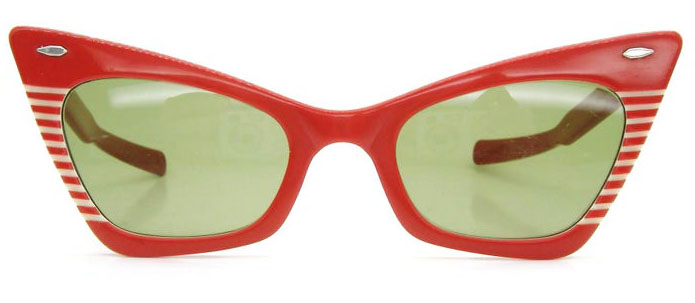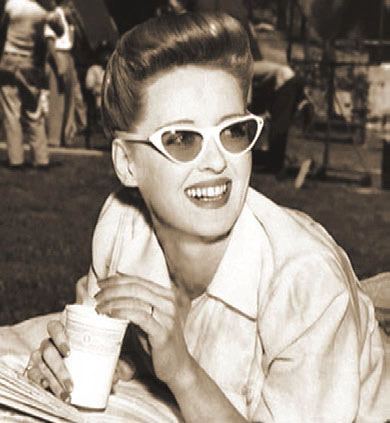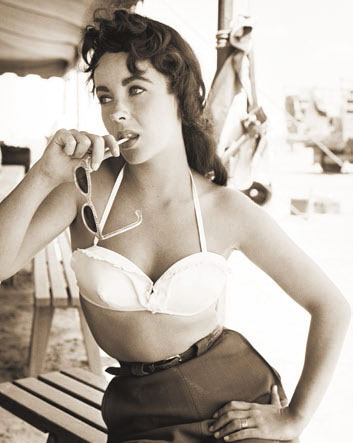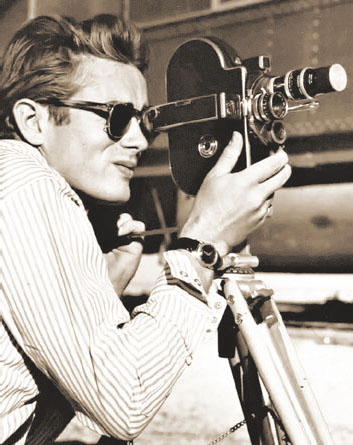Shades of Cool - Page 3
 |
|
|
Plastic game-changers
The earliest known use of eyewear to protect the eyes from the sun dates back 2000 years. These 'sun goggles' were used by the Inuit peoples of the Arctic to shield their eyes from the glare of light reflected off of snow. Natural materials—including bone, driftwood, walrus ivory, and caribou antlers—were carved into thin strips that, when positioned over the eyes, helped to reduce the glare of the sun.
But as the industrial revolution got underway, inventors and innovators began their search for man-made materials that would be readily available, and processes that would lend themselves to large-scale manufacturing.
By the late 1800s sunglasses became more widely available as seaside holidays from coast to coast grew in popularity, and by 1910 the invention of the automobile soon called for tinted 'motoring goggles.'
Moss Lipow, fashion designer to the stars and author of the 2011 book Eyewear: a Visual History (Taschen), found that "the things that appealed to me most were probably early industrial and safety glasses, including early motoring and aviator glasses. There was beauty in their functionality. The motoring and aviation eyewear looked adventurous and heroic."
By 1913, London scientist Sir William Crookes developed lenses that blocked ultra-violet and infrared light, and fashioned them into round, wire-framed sunglasses.
 |
 |
 |
Many of these early fashion shades were made of materials that were not only fragile but also susceptible to heat and cold. Celluloid, a flammable material used in making early film stock, was downright dangerous.
"If you can, imagine being in the lobby of a theater [before celluloid movie film was replaced, in the late 1940s], and somebody strikes a match and hits the glasses," points out Russ Campbell. "They would spontaneously combust—on fire!"
Major advancements would be needed in order to create safer precision optics, and cheaper and more durable sunglasses frames.
In the 1930s, the Army Air Corps commissioned the optical company Bausch + Lomb to develop sunglasses that would protect pilots from high-altitude glare, and by 1936, the manufacturer introduced the earliest form of the 'Ray-Ban Aviator,' a milestone that aided America's pilots throughout World War II. Polarized sunglasses, another notable achievement, were also introduced in 1936.
Meanwhile, work continued on developing better, affordable plastics that would meet popular demand. Inexpensive 'drugstore glasses' offered options that could be purchased at pharmacies and five-and-dime stores. American Optical introduced one they called their 'Cool-Ray' in 1948, with a light plastic Polaroid lens.
"However, some were made of celluloid or cheap plastic that was injection-molded," Campbell says. "Their inferior frames could even melt."




